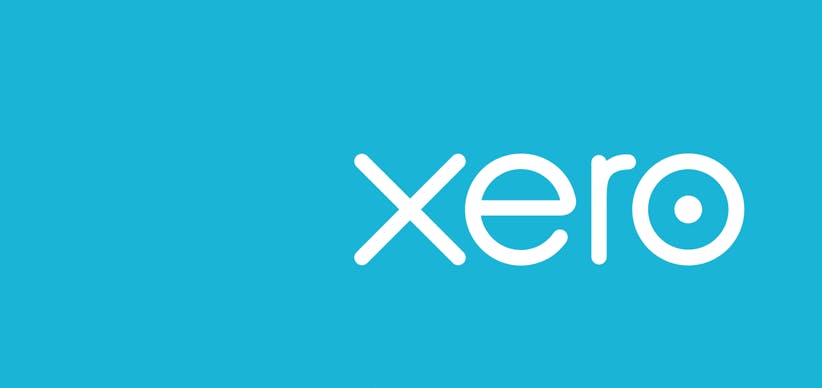The first time you get your personal tax return calculation it might be a little bit confusing. The way that it is presented is very logical to us accountants, but without knowledge of the tax system's intricacies, it's not always easy to follow. Let’s break it down step by step.
How Your Tax Liability Is Calculated
Your tax bill for the year is based on all of your income - employment (before tax deductions), rental profits, self‑employment (after allowable expenses), savings interest, and dividends. Add these together and you have your total income.
For simplicity, we’ll leave out Capital Gains Tax here, as most people don’t need to worry about it.
Personal Allowance
Almost everyone is entitled to a personal allowance of £12,570. This is the amount of income you can earn tax‑free. If your total income exceeds £100,000, the allowance reduces gradually until it disappears altogether.
Your allowance is deducted from your total income to give your taxable income.
Types of Tax
There are three main taxes to consider:
- Income Tax
- National Insurance
- Dividend Tax
There are also allowances: up to £1,000 of savings income may be tax‑free, and the first £500 of dividends are taxed at 0%.
Splitting Income Into Bands
Taxable income is divided by type and then by band. Income tax always comes first, followed by dividend tax. National Insurance is calculated separately. This means your personal allowance is effectively used against income tax first.
Example Calculation
Let’s add some numbers and hopefully this will make everything a bit clearer. Suppose you have:
- Employment income: £30,000
- Self‑employment profits: £15,000
- Rental profits: £7,500
- Savings interest: £2,500
- Dividends: £10,000
As employment, self-employment and rental income are all subject to Income Tax, we can put them in one column. The other income will each have its own column.

That’s £65,000 total income. As the Income Tax Column exceeds the Basic Rate band of £37,700, we will split it into two and calculate the tax on it. For the other types of income, we deduct the allowance and put the remainder in the Higher Rate row, because the Income Tax column already exceeded the Basic Rate band.
The next thing we do is multiply each of these amounts by the appropriate tax rate. For Income Tax at Basic Rate this is 20%, for Higher Rate Income Tax and Savings Tax it is 40% and for Dividend Tax at the Higher Rate, it is 33.75%. In this example we would get
- £37,700 at 20% = £7,540
- £2,230 at 40% = £892
- £1,500 savings at 40% = £600
- £9,500 dividends at 33.75% = £3,206.25
Total tax bill = £12,238.25
Notice that only income above the basic rate band is taxed at 40%. You don’t suddenly pay 40% on everything once you cross the threshold - a common misconception.
Deductions and Adjustments
Once you’ve got your total tax bill, you can still deduct some things from it.
- Tax already paid on employment income (since PAYE is only an estimate).
- 20% of mortgage interest on rental property (given as a tax credit, not deducted from profits).
After these, you’ll have the final figure owed or reclaimable from HMRC.
National Insurance
If you’re self‑employed, you’ll also pay Class 4 National Insurance:
- 6% on profits between £12,570 and £50,270
- 2% on profits above £50,270
In our example, £15,000 of profits means NI is due on £2,430, which equals £145.80.
Other Considerations
- Student loans: repayments are collected through your tax return.
- Child Benefit: repayment starts once income exceeds £60,000, and is fully repaid by £80,000.
- Payments on account: any already made are deducted, though you may need to pay more for the following year.
- Gift Aid donations: increase your basic rate band, reducing higher‑rate tax.
- Pension contributions: also extend your basic rate band, with providers reclaiming 20% tax at source.
Final Thoughts
Your tax return calculation pulls together income from multiple sources, applies allowances, and then layers on the different taxes. Once you understand the structure, it becomes much clearer.
All figures correct as of 12th December 2025.
Note: all of these figures are correct as of 25th July 2025.



